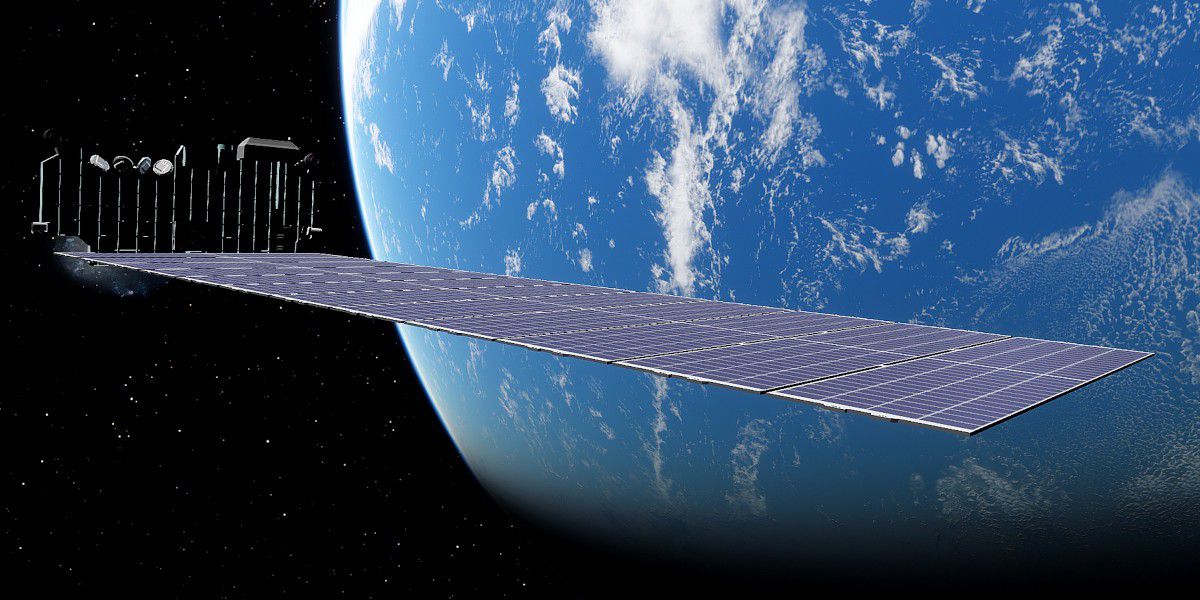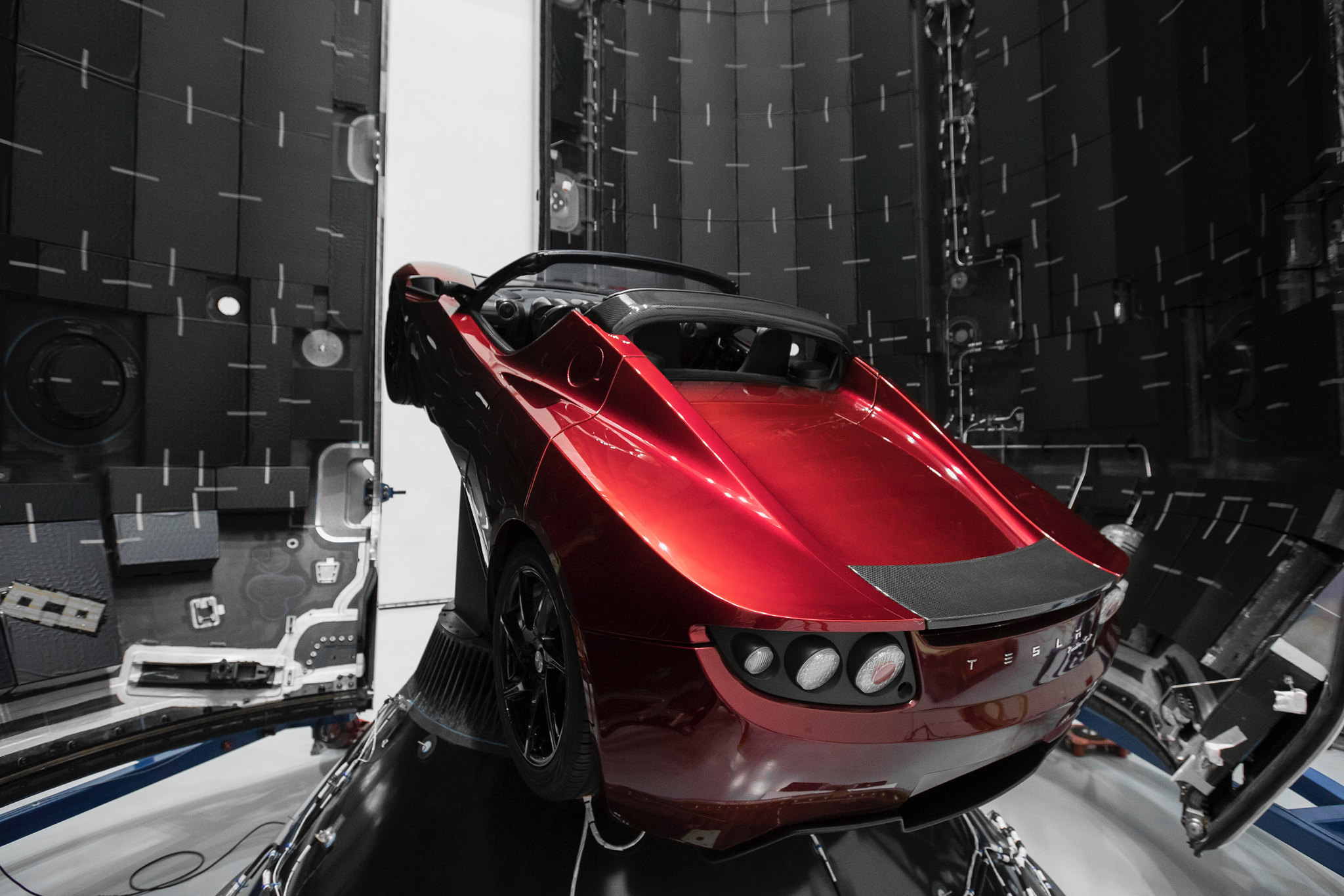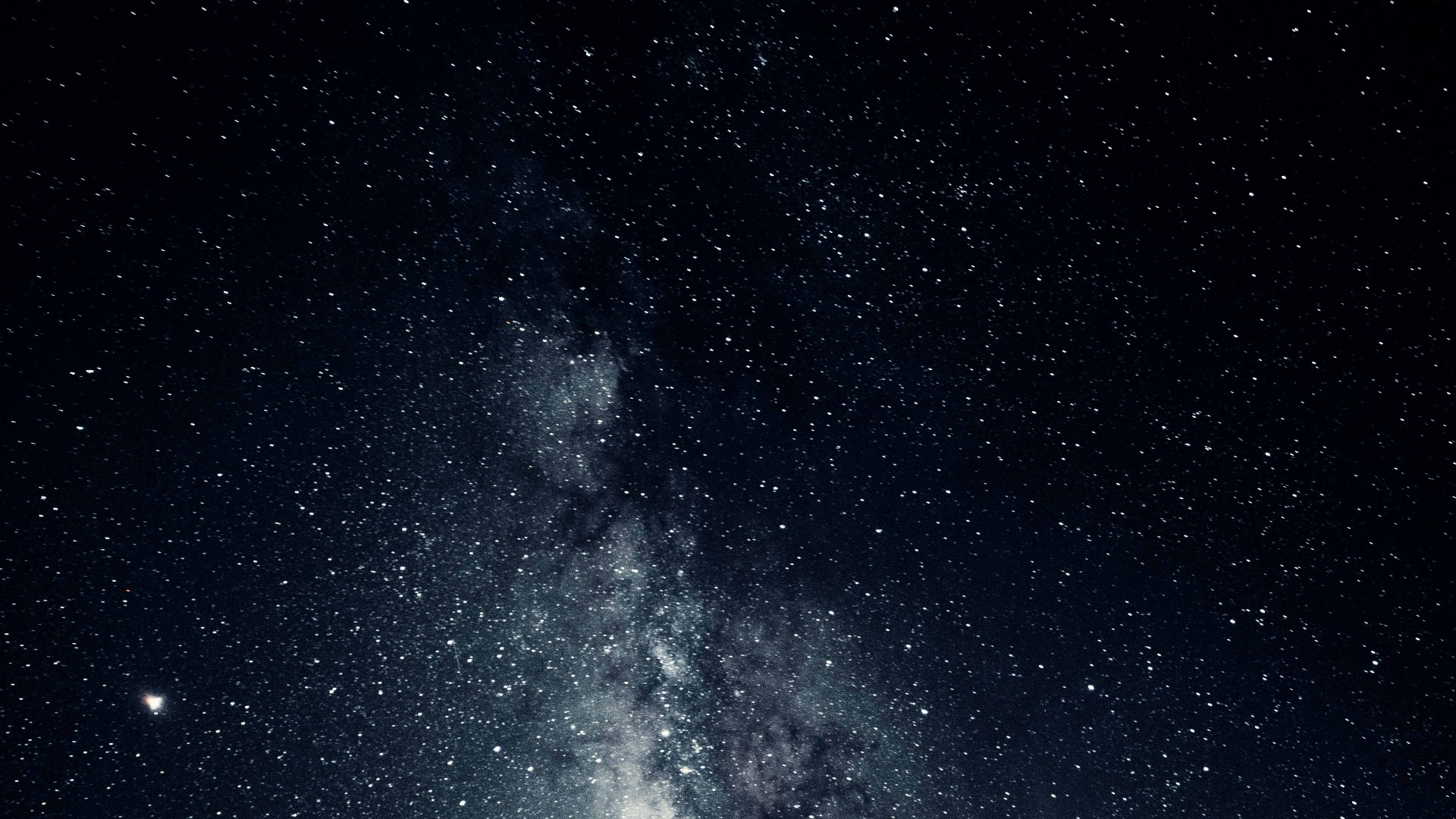Kennedy Space Center Florida, USA" } ["link"]=> array(1) { [0]=> string(61) "https://wai.brandnew.space/location/space-launch-complex-39a/" } } array(3) { ["label"]=> string(7) "Mission" ["content"]=> array(1) { [0]=> string(11) "Starlink 17" } ["link"]=> NULL }
" [1]=> string(46) "1 × Elon Musk’s Tesla Roadster
" } }
1 × Elon Musk’s Tesla Roadster
" [1]=> string(37) "∼ 60 × 260 kg (573 lbs)
" [2]=> string(40) "∼ 1 × 1,234 kg (2,721 lbs)
" } }
∼ 60 × 260 kg (573 lbs)
∼ 1 × 1,234 kg (2,721 lbs)
Low Earth Orbit (LEO)" } }
Low Earth Orbit (LEO)
" } } array(2) { ["label"]=> string(16) "Fairing Recovery" ["content"]=> array(1) { [1]=> string(33) "Yes – Details pending" } }
Starting at Apr 05, 2022 - 10:42" [1]=> string(157) "SpaceX Official Webcast
Starting at Apr 05, 2022 - 14:43" } ["link"]=> array(2) { [0]=> string(33) "https://youtube.com/c/Whataboutit" [1]=> string(28) "https://youtube.com/c/spacex" } }
Each Starlink V1.5 satellite has a compact design and a mass of 260 kg. SpaceX developed a flat-panel design, allowing them to fit as many satellites as possible into the Falcon 9’s 5.2 meter wide payload fairing.
Due to this flat design, SpaceX is able to fit up to 60 Starlink satellites and the payload dispenser into the second stage, while still being able to recover the first stage.
Facts & Figures about Starlink Satellite v1.0

The Tesla Roadster is an all-electric two-seater sports car. It is Tesla's first production vehicle and the first production vehicle in the world to be launched into space.
In February 2018, a cherry-red Tesla Roadster owned by Elon Musk was launched on the first flight of the Falcon Heavy rocket in its cargo bay into an orbit around the sun that would include passing Mars. The vehicle served as a payload simulator, as the success of the mission was uncertain and no valuable cargo, such as a satellite, was to be carried. Usually a concrete block is used for this purpose. A life-size doll with a space suit was placed on the driver's seat, named Starman in reference to a song by David Bowie.
Facts & Figures about Elon Musk’s Tesla Roadster

Falcon 9 B1061 first launched Crew-1 to the ISS in November 2020, the first operational flight of Crew Dragon. Following landing on drone ship following the Crew-1 flight, this first stage went on to complete additional missions.
It became the first booster to fly crew twice as well as the first reused booster to fly crew as a part of the Crew-2 mission.



